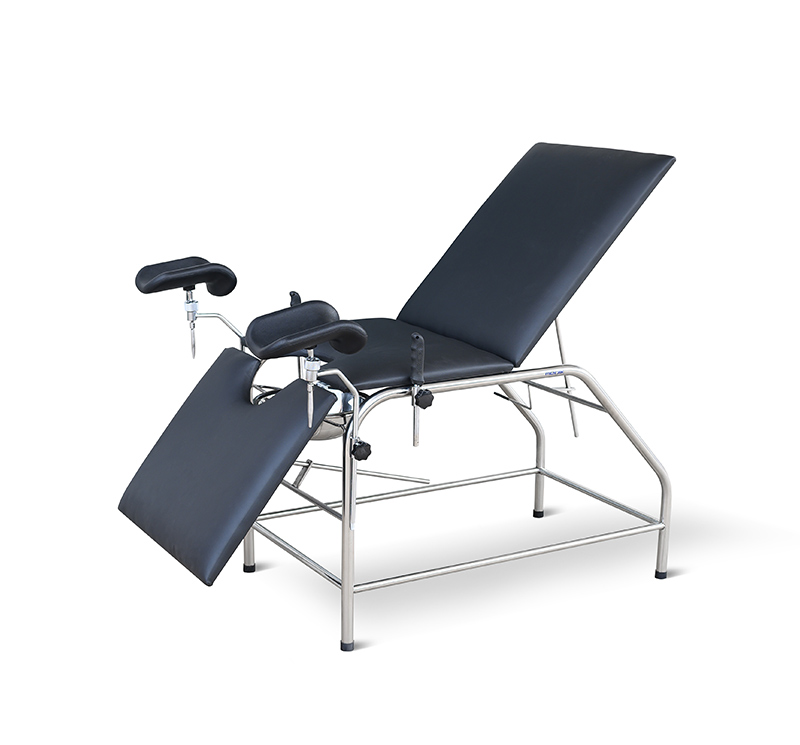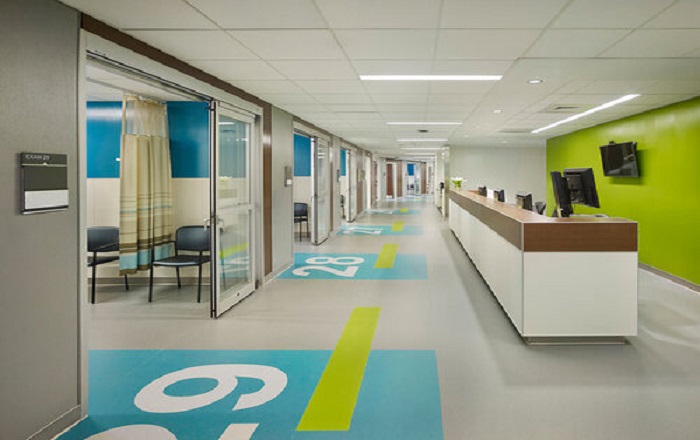
When you’re setting up a gynecological clinic, choosing the appropriate equipment is necessary for ensuring patient comfort and optimizing efficiency. One of the key decisions you may face is choosing between manual or automatic gynecological chairs. Each type offers distinct advantages and is suited to different use cases. Depending on the size of clinic you run or intend to run, the funds available, and other factors, your clinic may be better suited for a manual or automatic chair. In this article, we’ll delve into the differences between manual and automatic gynecological chairs, discussing their features, best use cases, and price ranges to help you make an informed decision for your practice.
Manual Gynecological Chairs:
Manual gynecological chairs, also known as mechanical chairs, are operated by hand using levers or cranks. They offer simplicity and reliability, making them a popular choice for many gynecologists.
Best Use Cases:
Manual gynecological chairs are ideal for practices seeking a cost-effective solution without compromising on quality. They are well-suited for routine examinations, minor procedures, and consultations. Additionally, manual chairs are often preferred in settings where space is limited, as they tend to have a more compact design.
Features:
These chairs typically feature adjustable backrests, leg rests, and stirrups, allowing for customizable positioning to accommodate patients of varying sizes and comfort levels. The manual operation enables precise control over positioning, facilitating thorough examinations and procedures.
Price Range:
Manual gynecological chairs are generally more affordable than their automatic counterparts, with prices ranging from 250,000 to 350,000, depending on the brand, features, and additional accessories.
Automatic Gynecological Chairs:
Automatic gynecological chairs, also known as powered or electric chairs, are operated using electronic controls. They offer convenience and advanced functionality, catering to the evolving needs of modern gynecological practices.
Best Use Cases:
Automatic gynecological chairs are well-suited for practices prioritizing efficiency, patient comfort, and advanced features. They are particularly beneficial for procedures requiring precise positioning or for patients with mobility issues. Additionally, automatic chairs are favored in busy practices where rapid patient turnover is essential.
Features:
These chairs boast an array of advanced features, including motorized adjustment of height, backrest angle, leg rest position, and tilt. Some models may also include memory functions, allowing practitioners to save preferred settings for quick and consistent patient positioning. The electronic controls offer smooth and silent operation, enhancing the patient experience.
Price Range:
Automatic gynecological chairs typically come at a higher price point compared to manual chairs, ranging from 2.5 to 3 million or more, depending on the brand, features, and customization options.
Choosing The Right Option.
When deciding between manual and automatic gynecological chairs, it’s essential to consider your practice’s specific needs, budget, and patient demographics. Manual chairs offer simplicity, reliability, and affordability, making them suitable for routine examinations and smaller practices. On the other hand, automatic chairs provide advanced features, convenience, and enhanced patient comfort, making them ideal for busy practices and procedures requiring precision.
In conclusion, both manual and automatic gynecological chairs have their own set of advantages and are suited to different practice settings and requirements. By carefully evaluating your needs and weighing the features and price points of each option, you can select the chair that best aligns with your practice goals and enhances the quality of care you provide to your patients.


